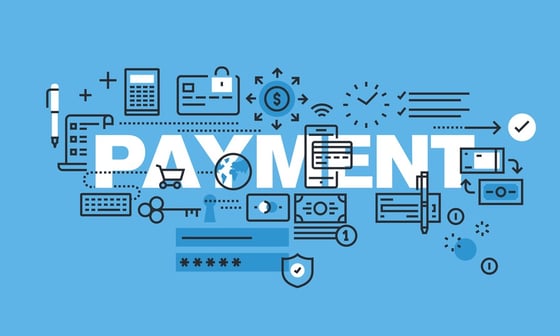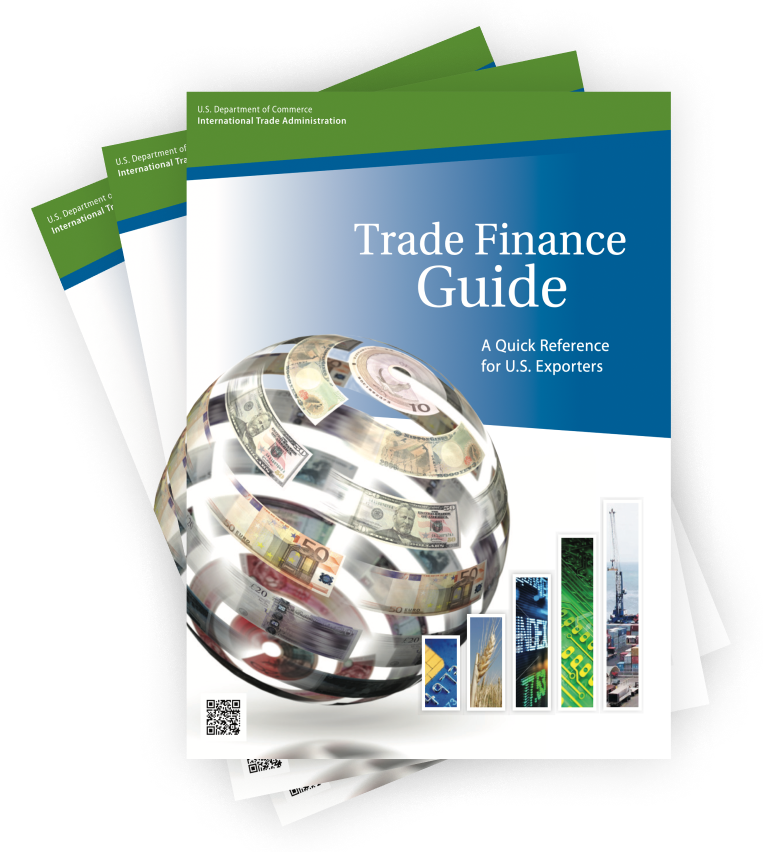The International Trade Blog International Sales & Marketing
7 Factors for Determining the Right Method of Payment for Your Exports
On: April 30, 2018 | By:  Roy Becker |
4 min. read
Roy Becker |
4 min. read
 Importers and exporters often ask, "What is the best method of payment for international shipments?
Importers and exporters often ask, "What is the best method of payment for international shipments?
Many bankers answer, "Letters of credit." This is a self-serving answer. Of all the methods, letters of credit generate the most fee income for a bank.
The correct answer is: "The one that allows the transaction to be completed to the satisfaction of both parties—the buyer and the seller." If both parties can't agree on a perfect method of payment, they must agree upon one with which they both can live.
What choices, then, does one have? The four basic payments are cash in advance, letters of credit (LC), collections, and open account (OA). (For more information about these four payment options, read the article, Getting Paid for Your Exports: Payment Options for International Transactions.)
The exporter’s risk it minimal with cash in advance, while the risk to the importer is maximum. At the other end of the spectrum, the exporter’s risk is high with open account while the importer’s is low.
An exporter should ask seven questions before agreeing to a specific payment term:
- Is the relationship with the buyer new or established?
- Is the order custom-made or standard?
- Is the political situation stable or unstable?
- Is the economic situation stable or unstable?
- Are competitors offering terms?
- Is there a risk of price changes?
- Is there a need to control cash flow?
Choosing the Correct Export Payment Term
The decision tool below will assist in matching these questions with the correct payment term:
| CASH | LC | COLLECTION | OA | |
| 1. Customer Relationship | New | New | Established | Established |
| 2. Nature of Order | Custom | Custom | Normal | Normal |
| 3. Political Situation | Unstable | Unstable | Stable | Stable |
| 4. Economic Situation | Unstable | Unstable | Stable | Stable |
| 5. Competitors offer terms | No | No | Yes | Yes |
| 6. Risk of price changes | Yes | Yes | No | No |
| 7. Need to control cash flow | Yes | Yes | No | No |
By answering these questions, the exporter will be better qualified to select the right payment option for each transaction. However, not all seven questions carry equal weight. For example, extended payment terms (see #5 above) may carry more weight.
One exporter stated that his sale terms remained confirmed letters of credit. Period. It didn’t matter if major British, German or Japanese banks issued the letters of credit, his needed confirmation. The company set a very restrictive policy for international payments.
Proactive exporters will probably use all four methods of payment depending on the circumstances of their international business.
More Information
- Evaluating Export Markets: How to Assess Country and Customer Risk
- 8 Tips for Getting Paid with a Letter of Credit
Like what you read? Subscribe today to the International Trade Blog to get the latest news and tips for exporters and importers delivered to your inbox.
This article was first published in May 2014 and has been updated to include current information, links and formatting.

About the Author: Roy Becker
Roy Becker was President of Roy Becker Seminars based in Centennial, Colorado. His company specialized in educating companies how to mitigate the financial risk of importing and exporting. Previous to starting the training company, Roy had over 30 years experience working in the international departments of several banks where he assisted many importers and exporters with the intricate banking needs associated with international trade.
Roy served as adjunct faculty in the International MBA programs at the University of Denver and University of Colorado in Denver. He conducted seminars at the World Trade Center Denver and The Center for Financial Training Western States, and was a guest lecturer at several Denver area Universities.
Roy retired in 2021.

